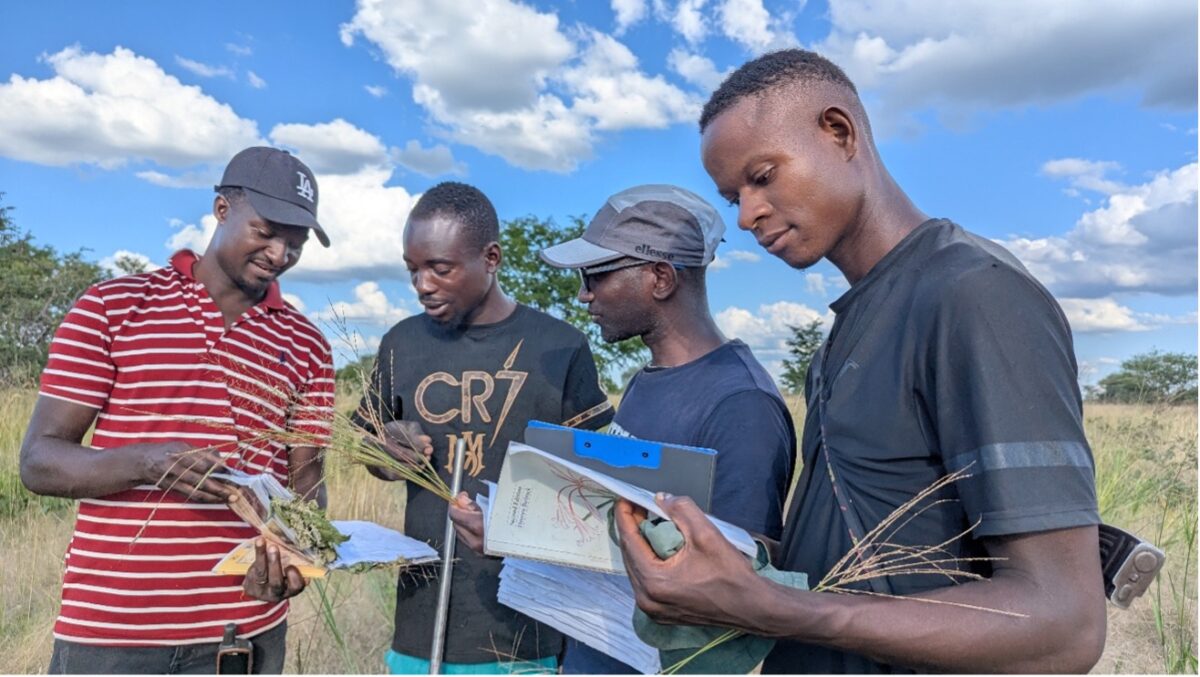JRS grantee International Crane Foundation has made great progress in generating baseline biodiversity data to support evidence-based conservation in Zambia’s Kafue Flats ecosystem. Through collaboration with government departments, academic institutions, NGOs, schools, and communities, systematic monitoring of priority biodiversity indicators ranging from mammals and birds, to herpetofauna, fish, and vegetation has been successfully implemented. Notably, stable populations of Kafue Lechwe, and increasing trends of African Buffalo and Plains Zebra, have provided critical insights into species recovery and habitat restoration and use, particularly in response to management interventions and seasonal changes.
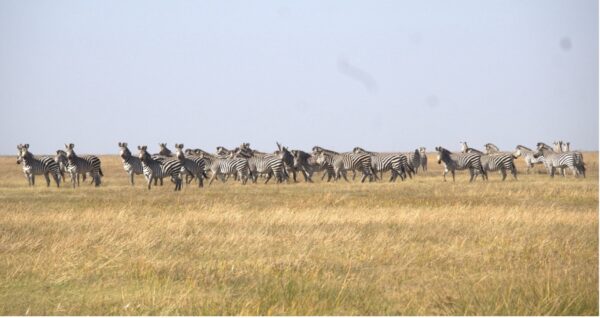
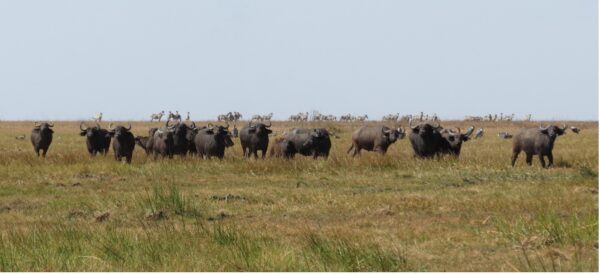
Several project milestones were met over this reporting period including: herpetofauna monitoring by MsC student Francis Mshanga in Chunga Lagoon using standardized herpetofauna survey protocols involving thorough searches of different habitat types and continued capacity-building at Gonhwe Basic School during an event on International Day for Biodiversity (IDB) in Lochinvar National Park. Some 25 pupils from the Choongo chiefdom and five community members from the Hamusonde chiefdom were trained in bird identification and monitoring with binoculars, spotting scopes, and the eBird and Merlin applications.
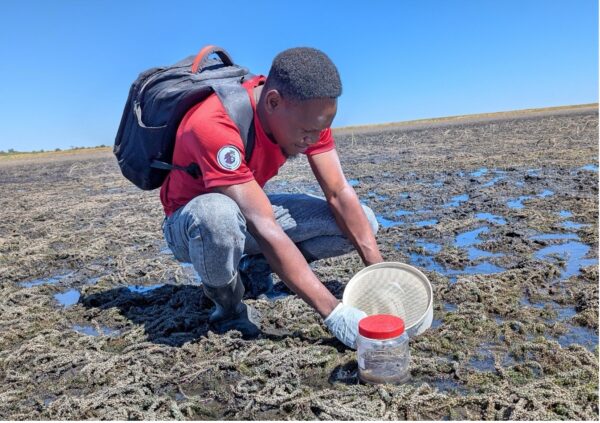
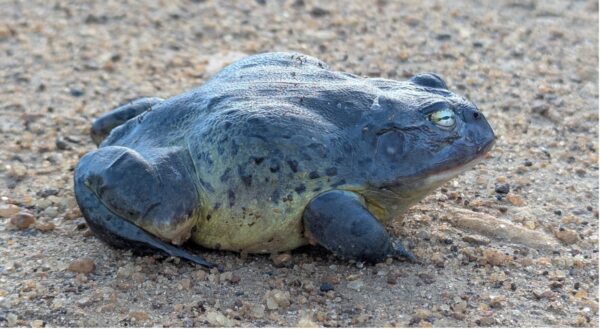
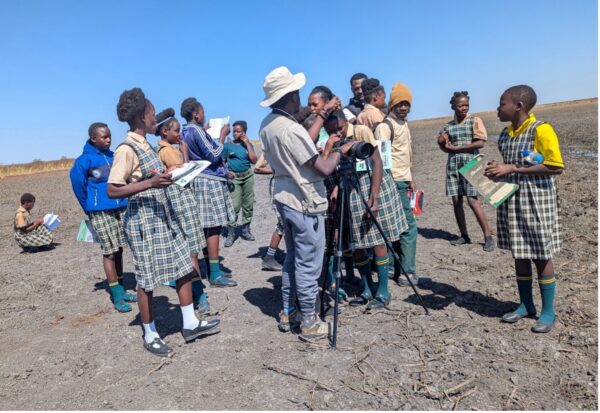
In addition to meeting project milestones, Project Director Kelvin Stephen Floyd’s abstract: “Control of an invasive plant – Mimosa pigra on the Kafue Flats to restore critical habitat for wildlife and livestock grazing” was accepted for publication in the African Journal of Wildlife Research, a special edition of the journal – Proceedings of the 2024 SAWMA Conference, Windhoek, Namibia.

Read more about the Designing and Implementing a Wetland Information System for the Kafue Flats Wetlands, Zambia here.

